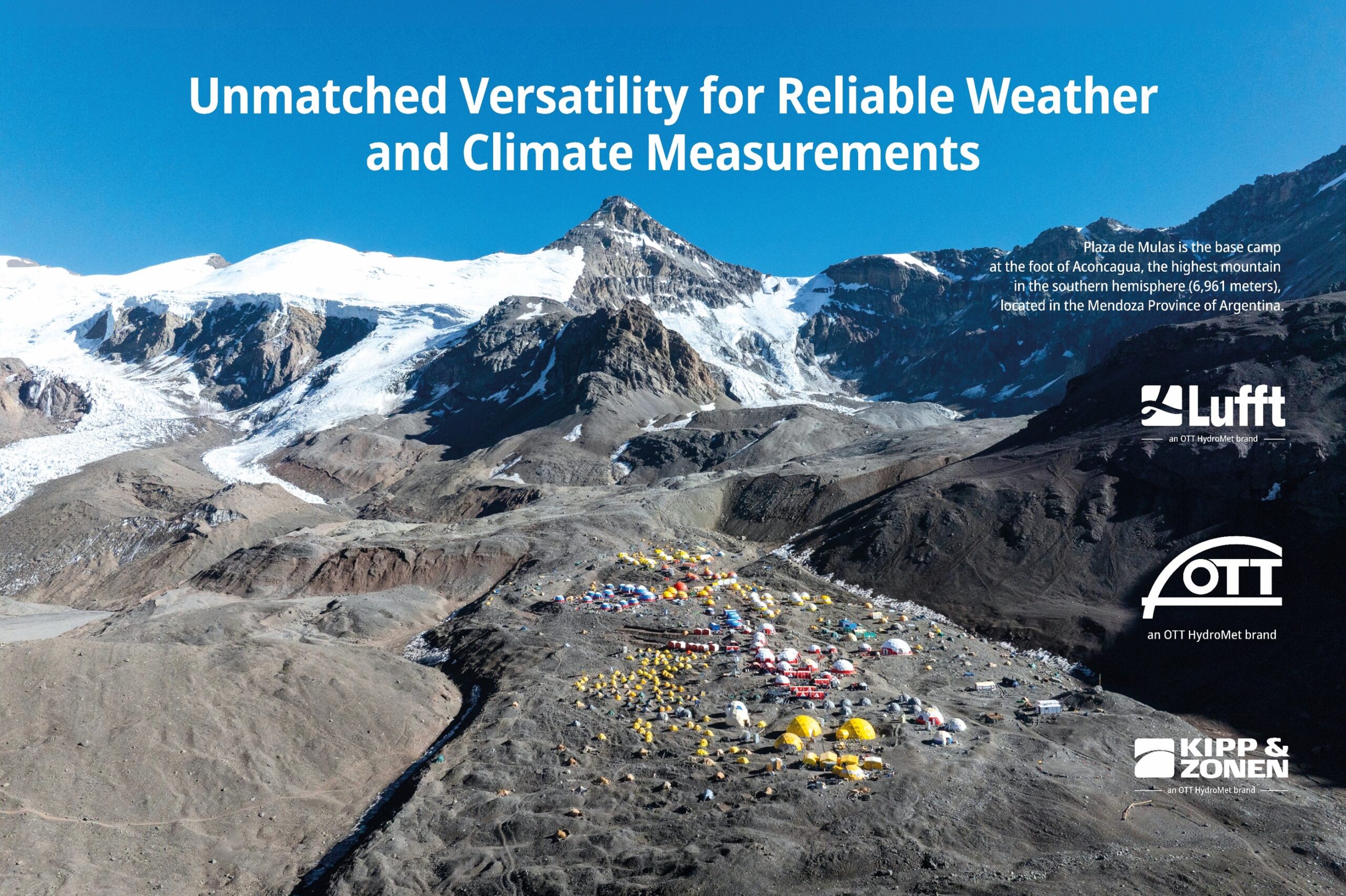The first one prevents a disaster, the other one has its own fan T-shirts: The measurement buoys equipped with Lufft weather sensors on the Lake Erie fulfil essential functions and deliver important data about the valuable lake water, which are important for the tap water control or the wave height and frequency investigation.

Photo credit: Doug Nguyen, NexSens Technology
Toledo, a city in Ohio, gets its tap water from Lake Erie bordering the city in the west. 500 thousand inhabitants are dependent on this water source and were prompted to stop drinking and bathing in this water at the beginning of August 2014. The reason was a toxic alga, spreading in the lake in this time and making the water undrinkable. This event sped up a previously started measurement buoy project: Already few days after the algae outbreak, the planned buoy equipped with several sensors was installed and ready for use. A leading environmental engineering company named LimnoTech was responsible for the planning as well as the installation.
The result is a measurement sensor system, which is able to detect wind, waves, currents and water quality at once and in real time. Furthermore, the water temperature, conductivity, pH value, oxidation reduction potential and turbidity is recognized. Besides a video camera showing short film recordings and photos every hour, a water quality sonde is attached under the water surface and a Lufft WS501-UMB is mounted on the head of the buoy. The all-in-one weather sensor measures wind speed, direction, air temperature, relative humidity, dew point, air pressure and global radiation.
This buoy delivers more data at once than all other measurement buoys in the western basin of Lake Erie and can power itself with the help of solar panels. Different stakeholders benefit from the sensor system. Users are the NOAA National Data Buoy Center as well as the National Weather Service (especially for weather forecasts). Also the algae cultures can be watched and possibly made predictable by research in the future.
The weather and water values are provided on a website by the Michigan Tech Research Institute in cooperation with the Great Lakes Research Center and can be checked out under uglos.mtu.edu. Further information is also available under fondriest.com.
Another buoy located further east in the lake and belonging to Pennsylvania delivers similar data. Here it is about a project of the Regional Science Consortium, a NGO taking care of educational and research projects in the Lake Erie. It is used by boaters and anglers to prevent risks for safety reasons especially in fall. Also it serves the National Weather Service as further weather data source and is reported to the National Data Buoy Center. As close to the floating measurement station a lot of storms and related high waves can occur especially in fall, the sensors help to warn from this risk. Additional the Pennsylvanian Fish and Boat commission benefits from the comprehensive data and uses it as information source for fish studies.
The start of the project was financed by the Great Lakes Observing System, an association of federal, regional, academic and private parties which is concerned with the enhancement of technologies as well as methods to improve security, economic as well as environmental conditions. In future the project shall be paid by T-Shirt sales and donations through a website.
The measurement buoy in the Pennsylvanian part of Lake Erie became a little star and the related website is highly frequented already (48,000 sessions in two months alone). It offers a view on the water quality, wave lengths and weather data (provided by Lufft WS501). The measurement data are transferred by a cellular telemetry unit and with the help of a GPS receiver. Furthermore, this buoy includes a camera and solar panels for the independent powering. Besides the website itself there are also business cards and window clings available, which show a QR code leading to the online presence. Here you get to the data output of the „Near Shore Buoy“: wqdatalive.com.


